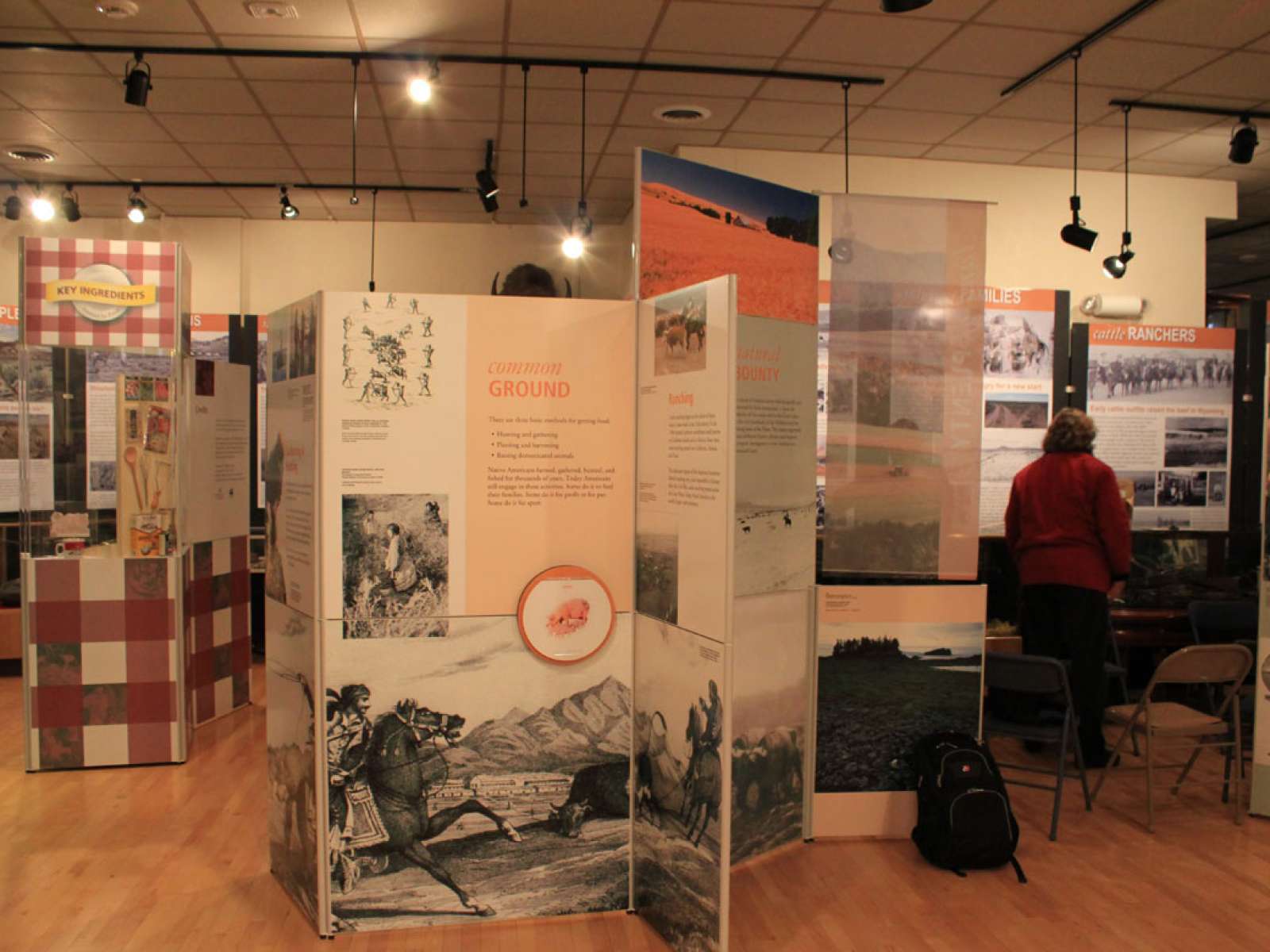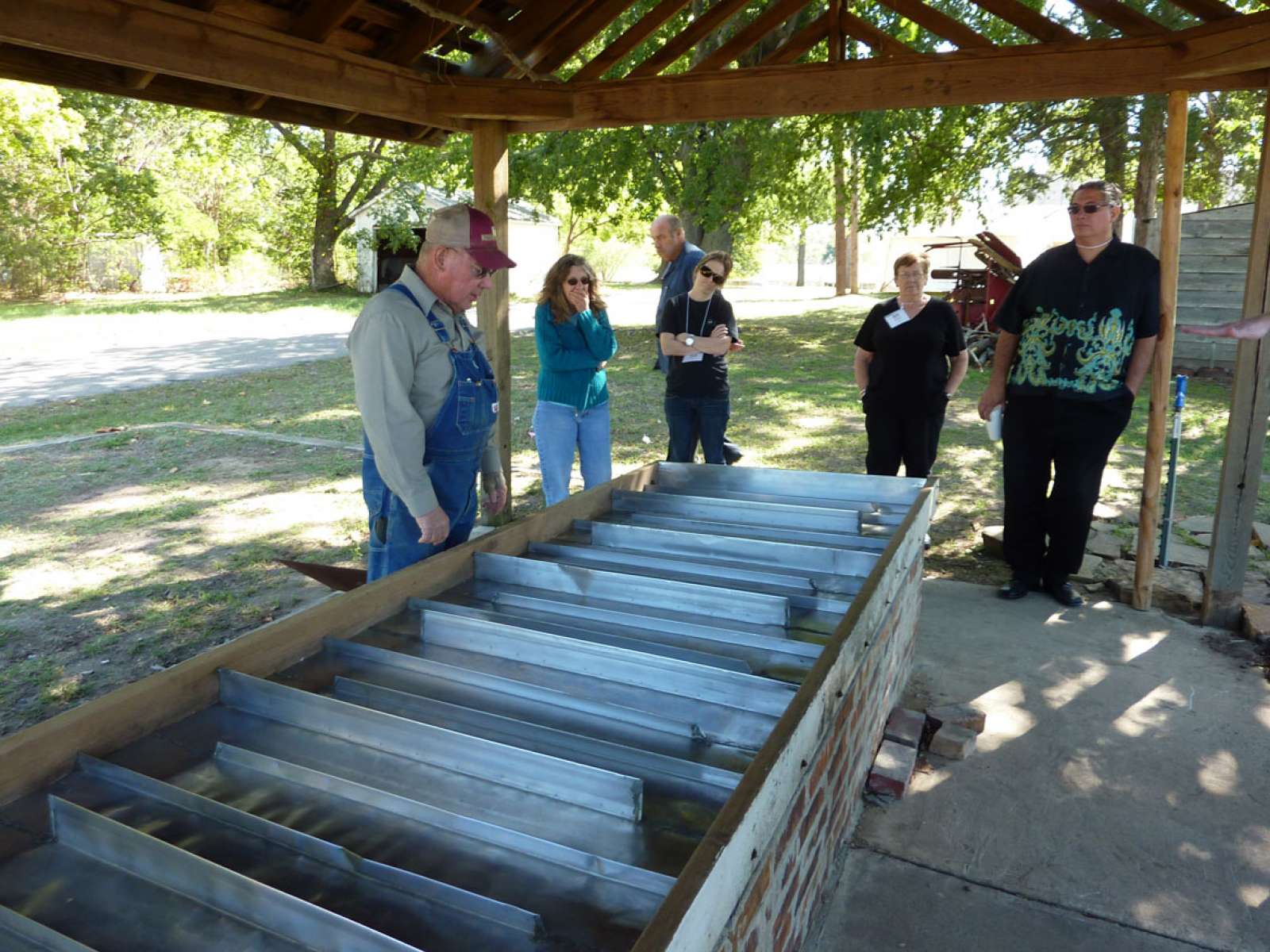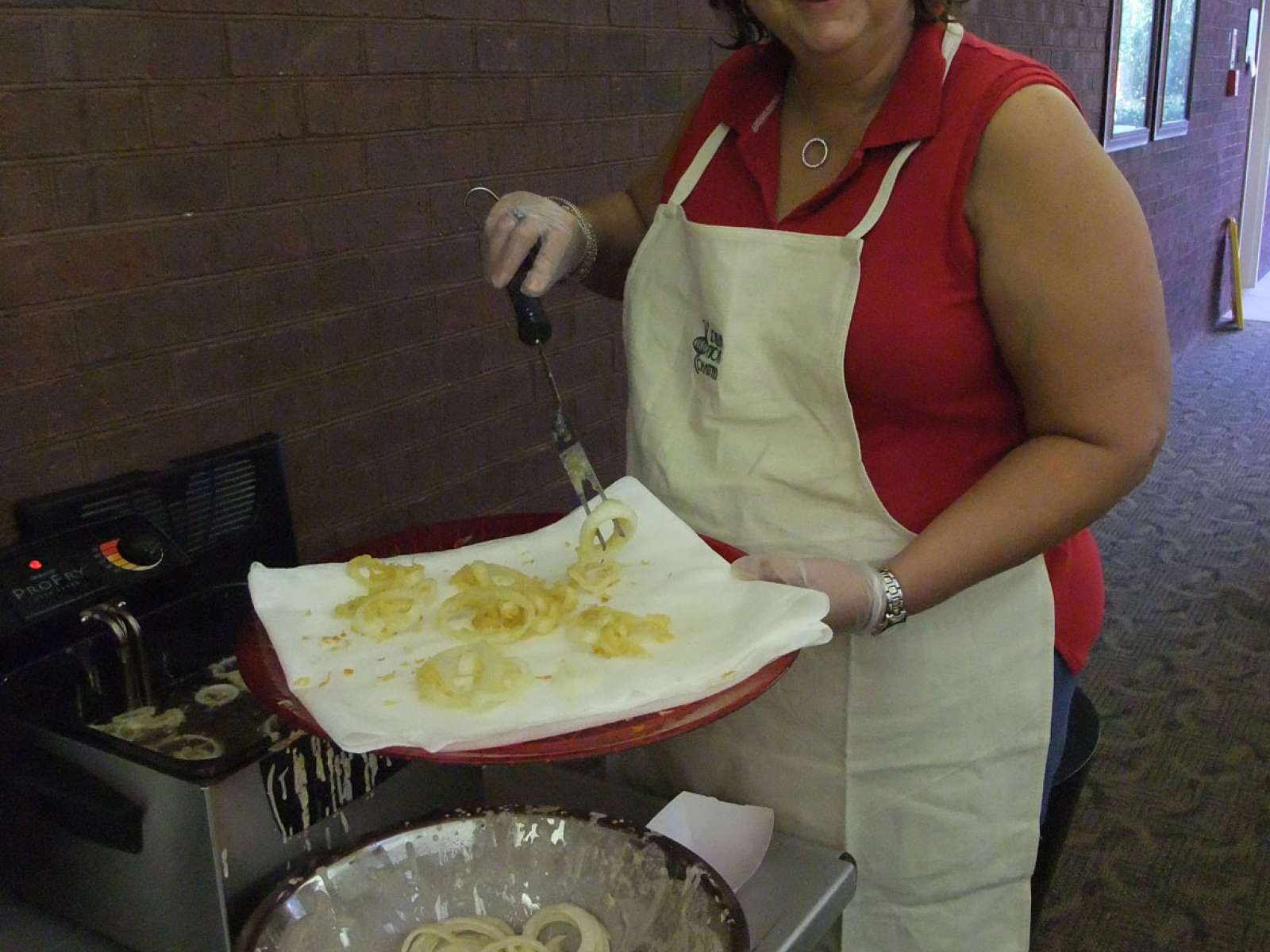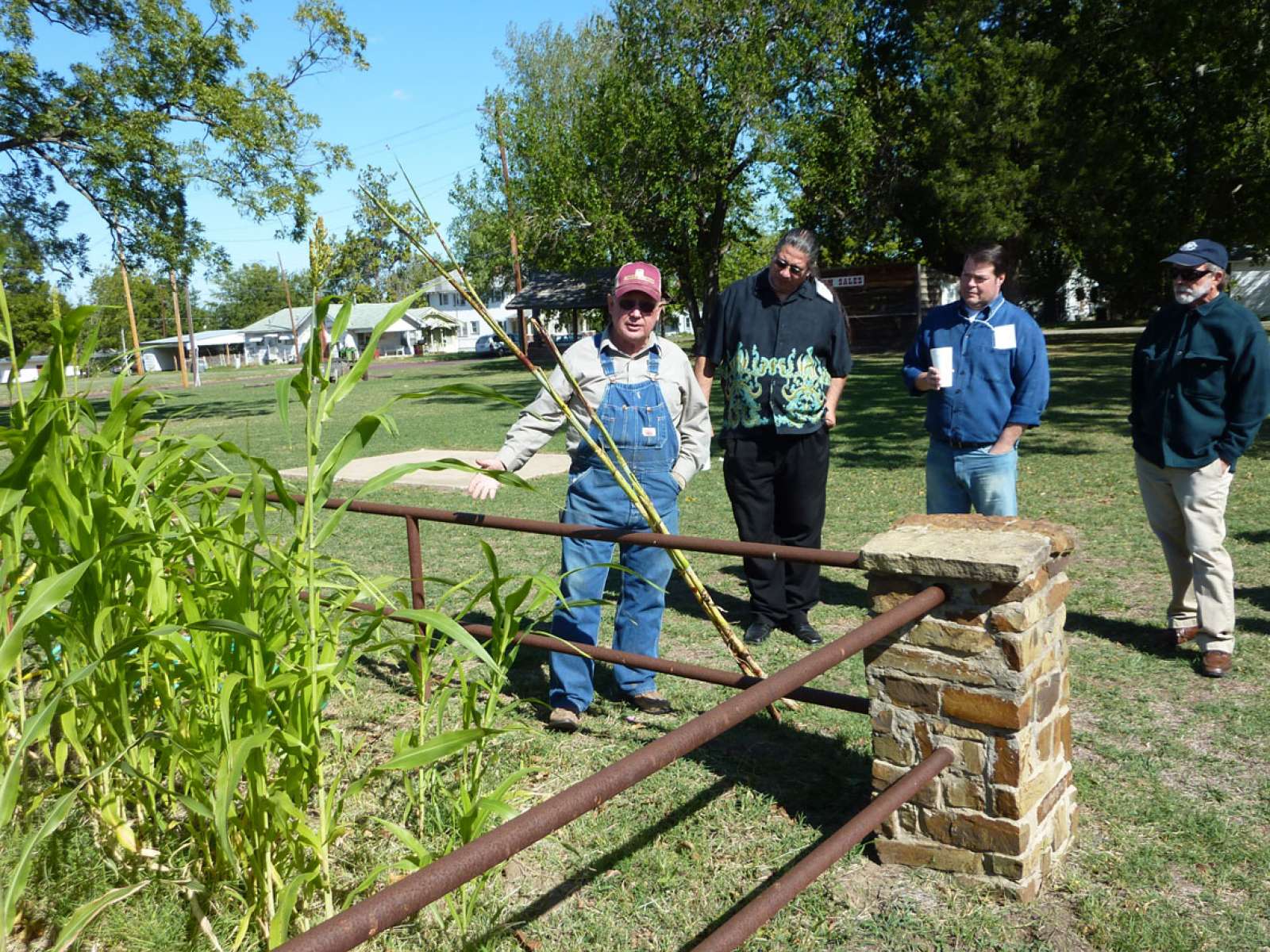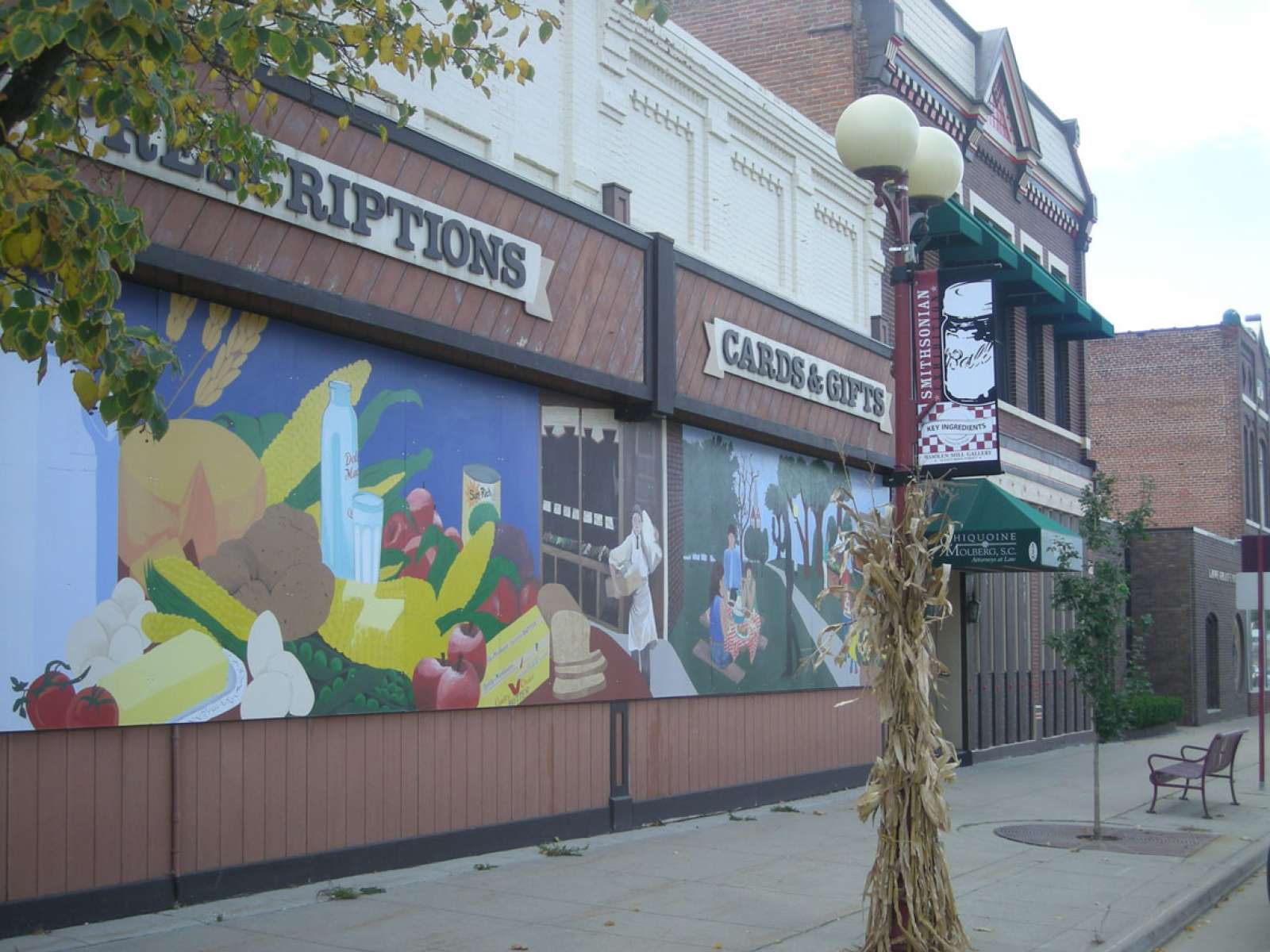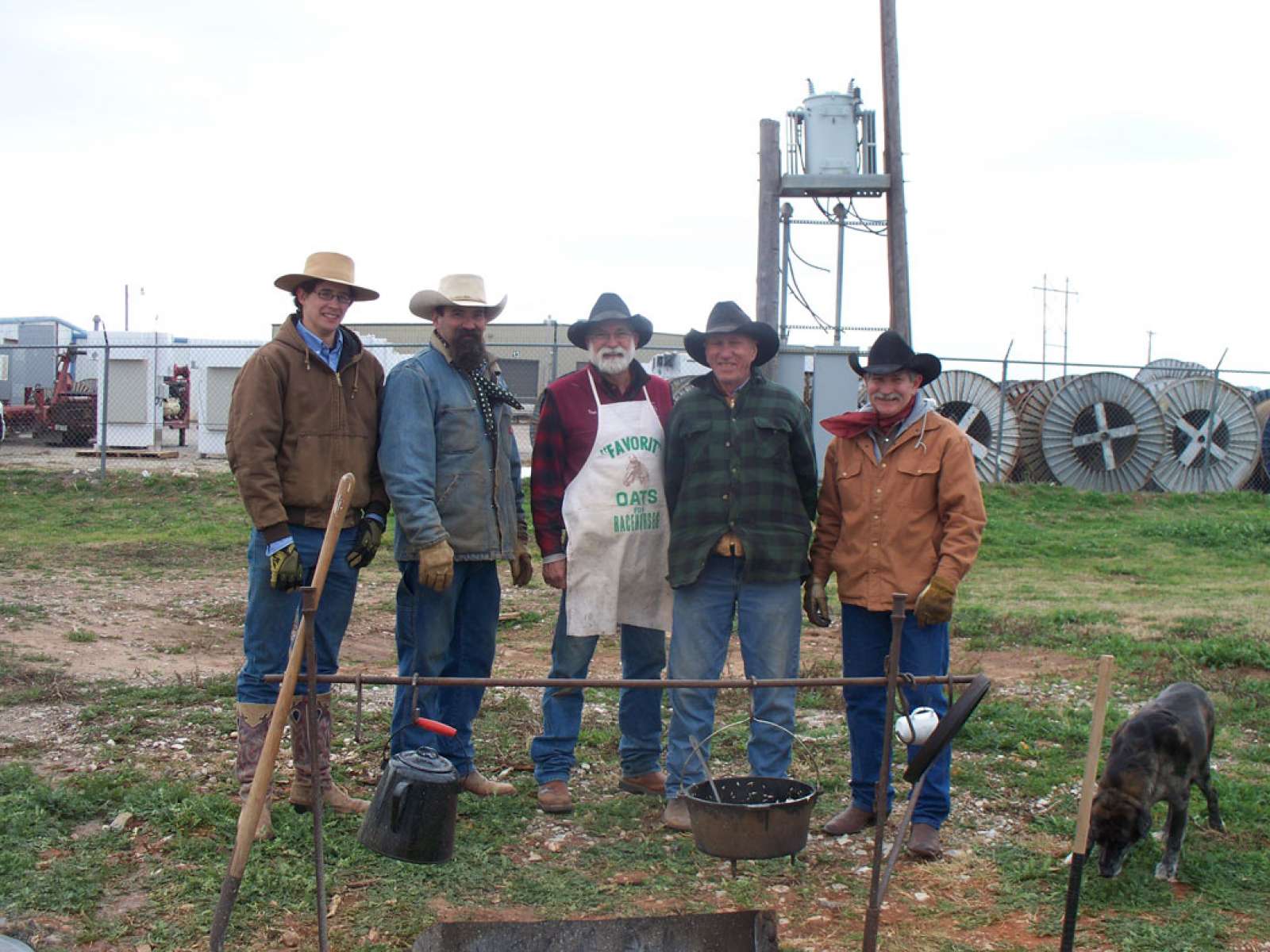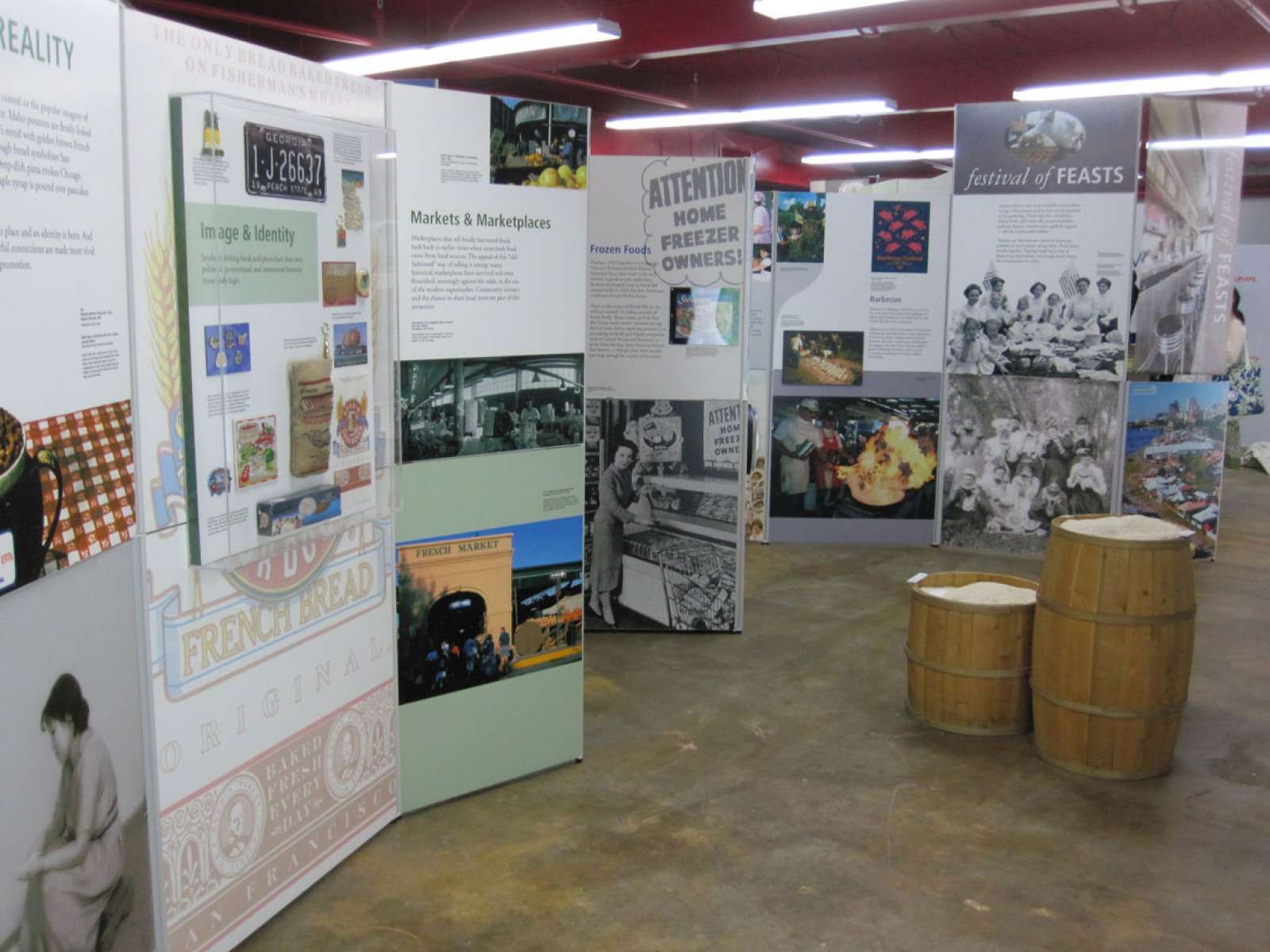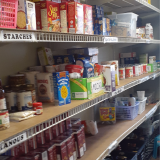Key Ingredients: America by Food
What are kolaces, spaetzle and pierogies? Most of us don't give a second thought about the wealth of history and culture that shapes our dining habits and taste preferences. Our recipes, menus, ceremonies, and etiquette are directly shaped by our country’s rich immigrant experience, the history and innovations of food preparation technology, and the ever-changing availability of key ingredients.
Through a selection of artifacts, photographs, and illustrations, the Smithsonian’s Key Ingredients examined the evolution of the American kitchen and how food industries responded to the technological innovations that enabled Americans to choose an ever-wider variety of frozen, prepared, and fresh foods. Key Ingredients also looked beyond the home to restaurants, diners, and celebrations that help build a sense of community through food.
The exhibition addressed farming, table manners, history, markets, and kitchen gadgets in a lively presentation that stimulates comparisons of back then and right now, over there and right here. The exhibition engaged audiences everywhere, creating conversations and inspiring community recollection and celebration.
Read MoreThis exhibition is no longer touring.
This exhibition covers many themes, including:
Early European settlers on the Atlantic coast carried foodstuffs and traditions with them, but their ability to feed themselves in an unfamiliar land was enhanced by the shared knowledge of Native people. The forced immigration of African slaves did not completely strip individuals of their cultures. African food traditions quickly began to enrich American recipes. American Indian food traditions survived enslavement in the Southwest to blend with the cooking styles of Spanish colonists. Asian immigrants supplied labor to California agriculture and to western railroad construction, while adding another set of tastes to American cuisine.
Both Spanish and English settlers brought hogs to the New World. Spanish settlers found conditions in the Southwest ill suited for large-scale swine production. English farmers brought the pig to the East Coast, then across the Appalachians into the South and the Midwest, where hog farming would grow to an industrial scale.
Name a food, name a place: Iowa corn, Idaho potatoes, Texas chili, Florida oranges, Memphis barbecue. So many regions and cities are known by their foods — as distinctive as climate, landscape, or the sound of the local accent. Food is the bounty of the earth and the work of human hands. It has unrivaled power to connect people with place, to create an identity for a community or region, and to plant an enduring memory for people passing through.
The Industrial Revolution restructured America and the American diet. Late in the 1700s, 3.8 million of America’s four million people lived on farms, producing most of their own food. But the 1800s saw a boom in new industries: mining, factories, metalworking. Cities grew. Many immigrants employed in these new industries depended on others to supply their food.
Natural ice, and then ice and salt were the 19th century’s refrigerants, used in specially designed boxcars to ship fruits, vegetables, and meats from the Midwest to the rest of the country. This caused a decided change in the kinds of foods available to Americans. The development of mechanical refrigeration later in the century simplified the process of shipping and storing food.
Looking For Exhibition Resources?
Visit our Resource Center for Exhibition Guides, Lesson Plans, Scavenger Hunts, Reading List, Docent Handbooks, Free Posters, and more!



